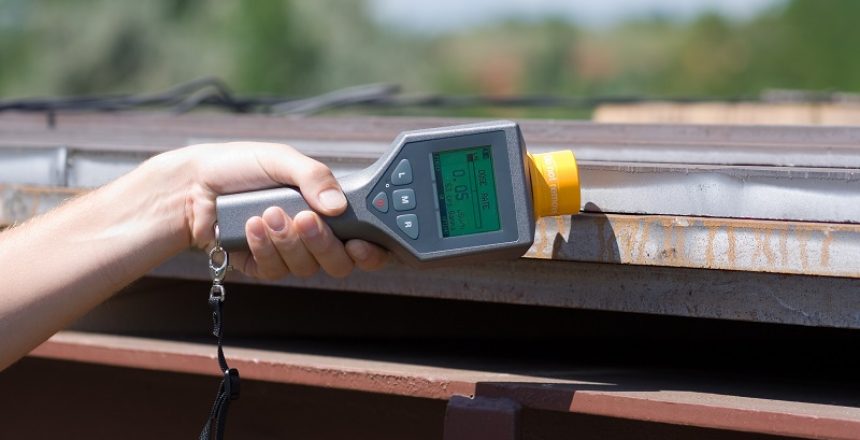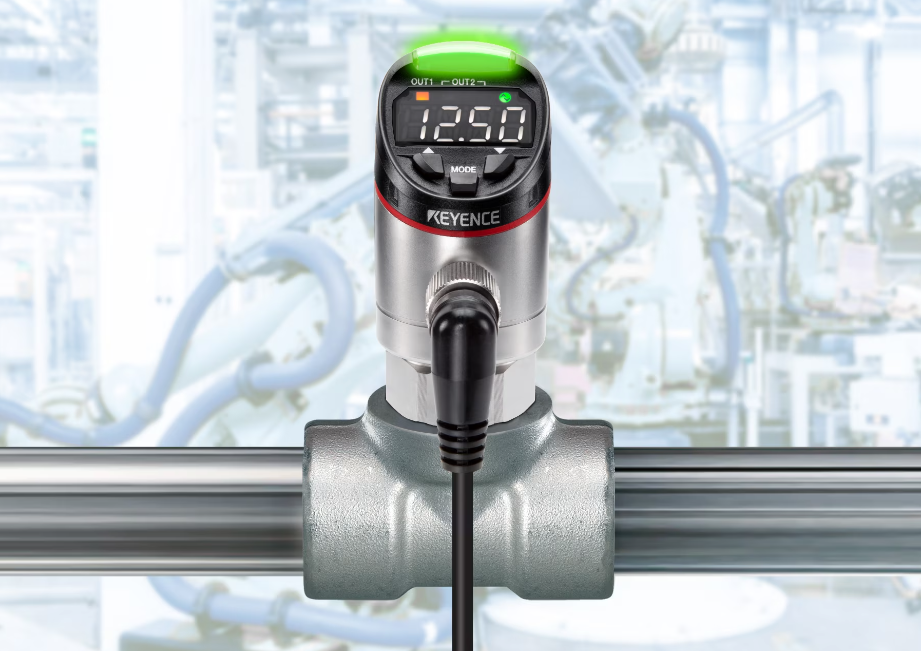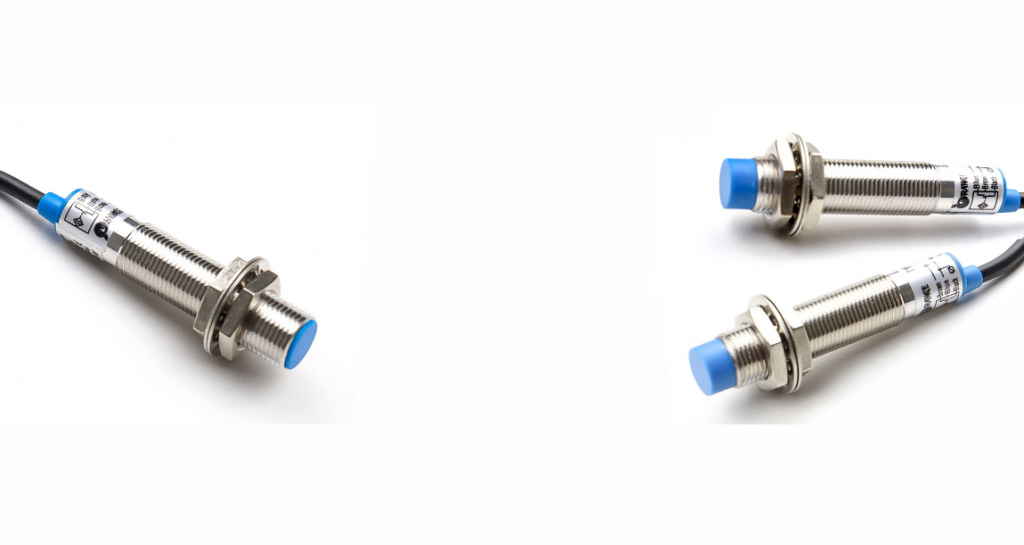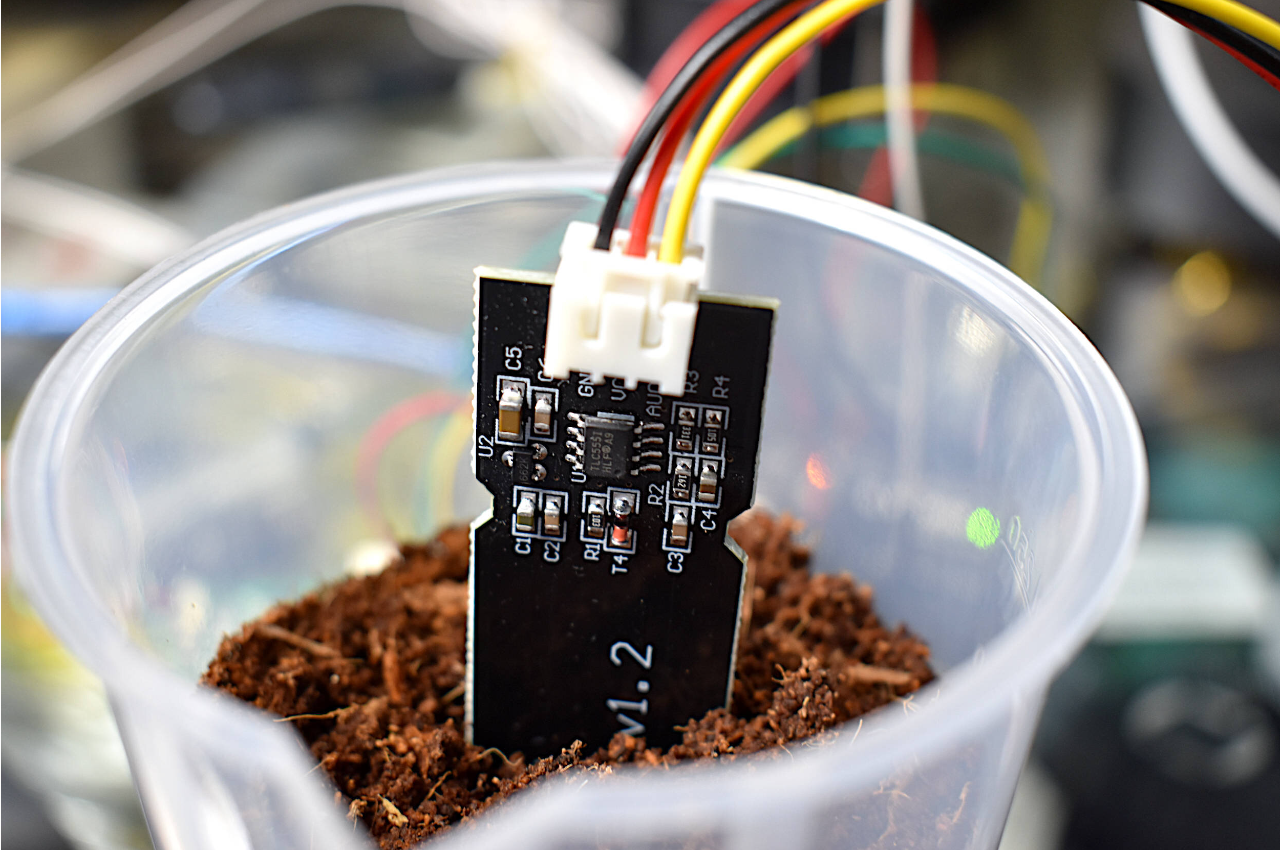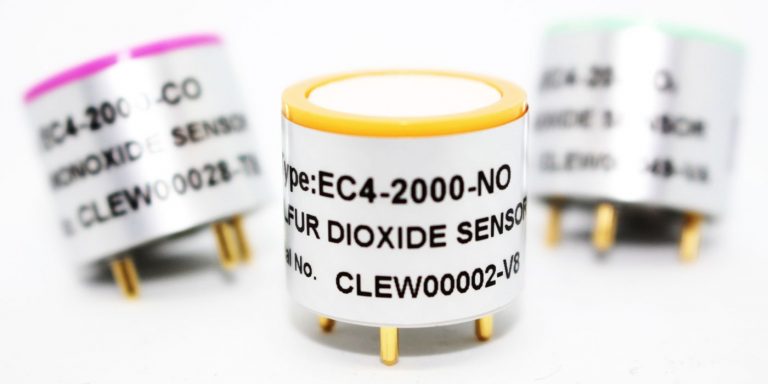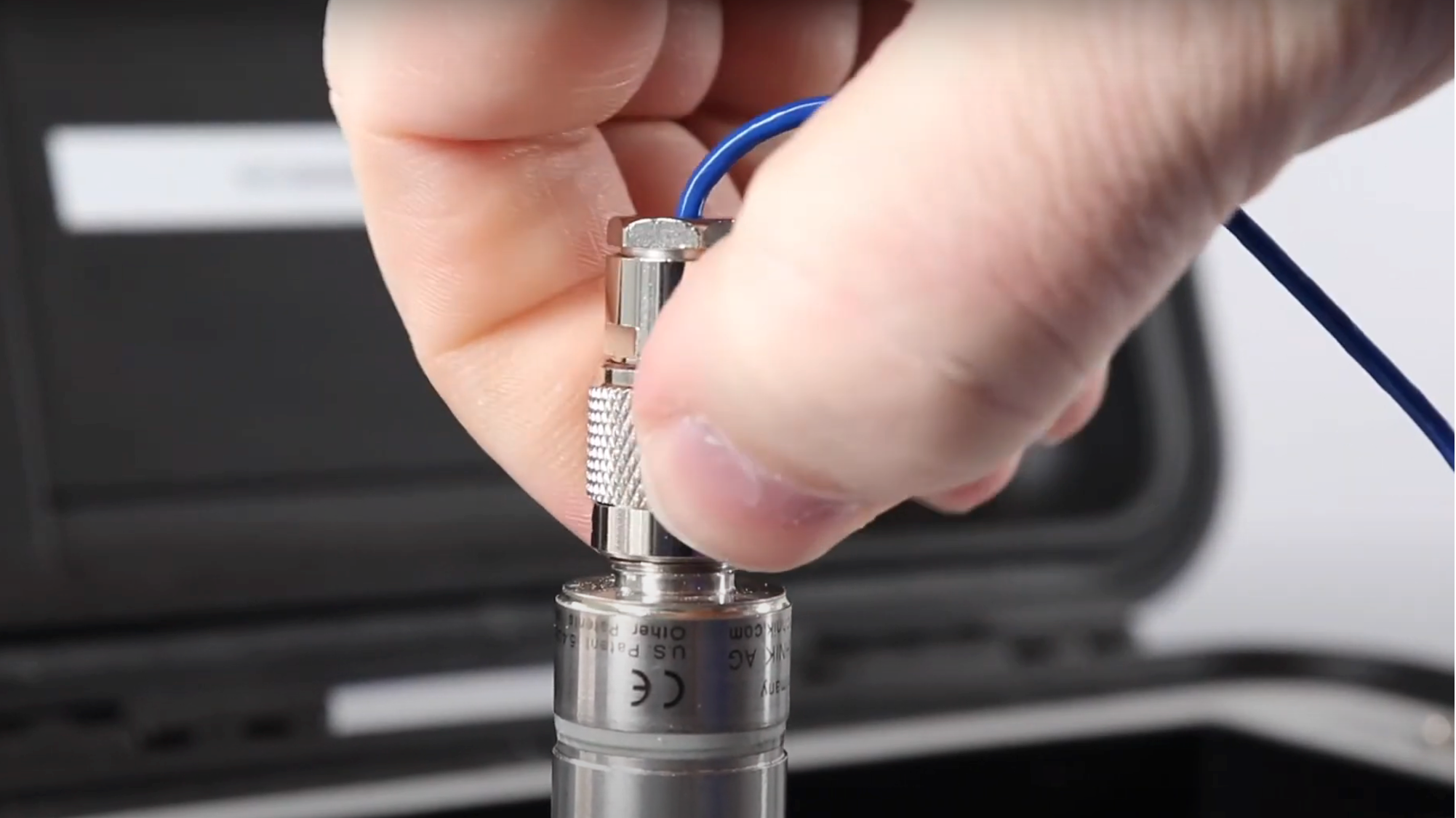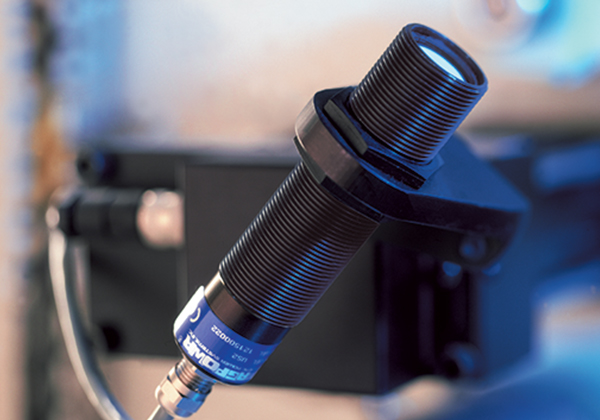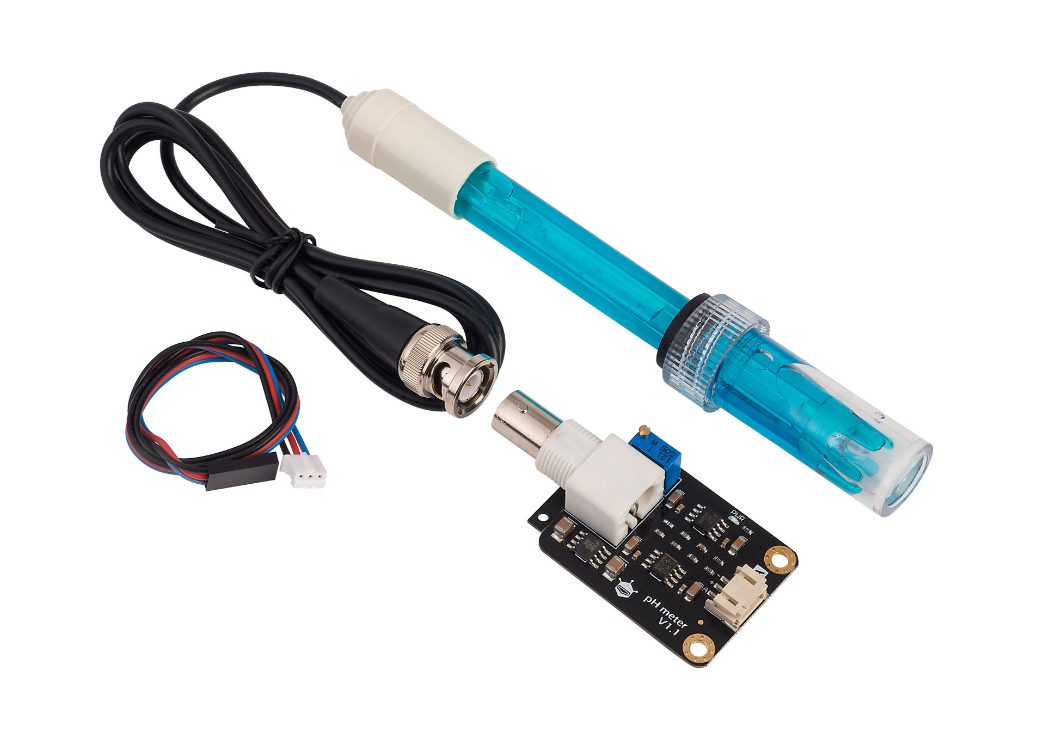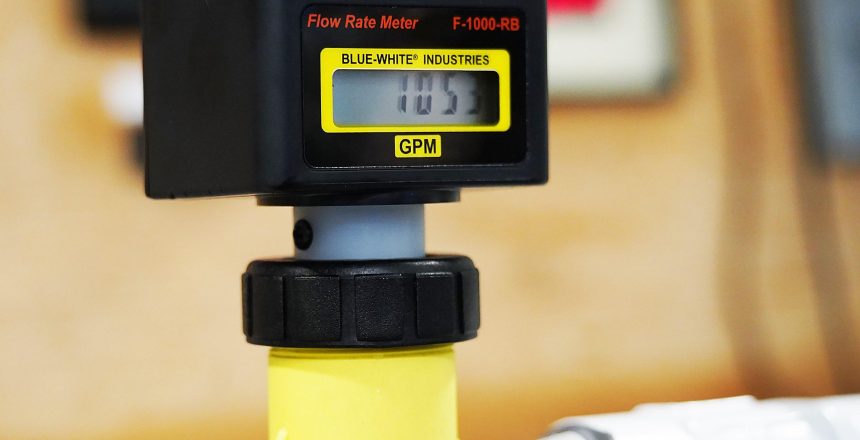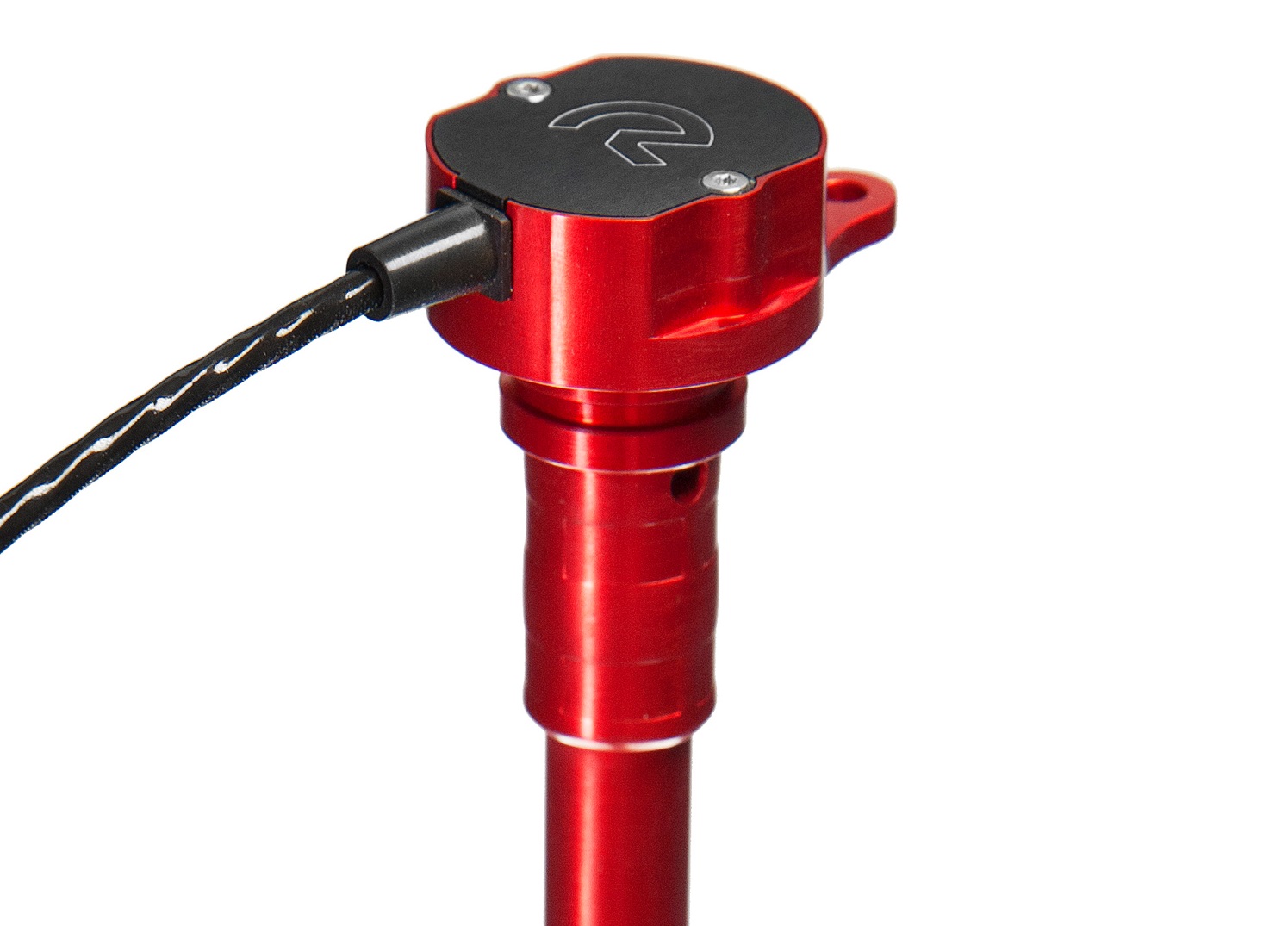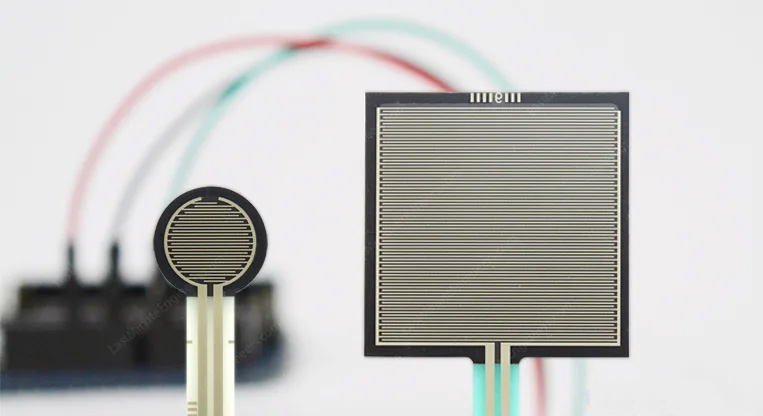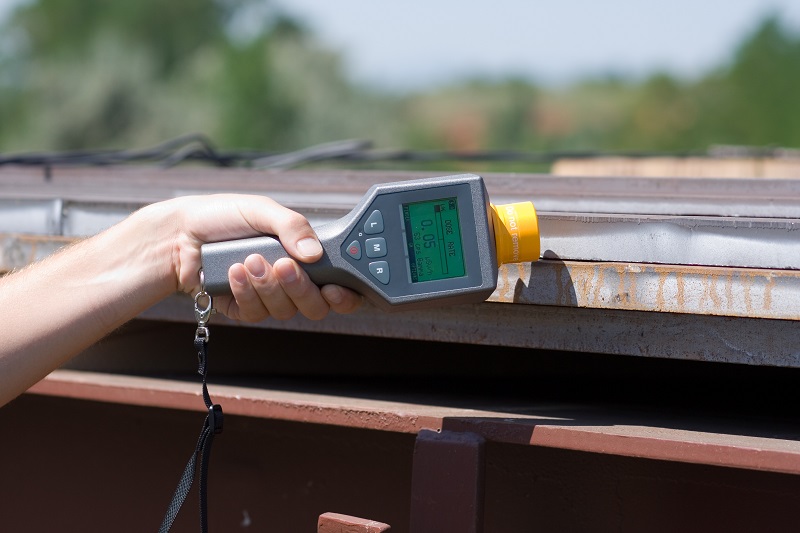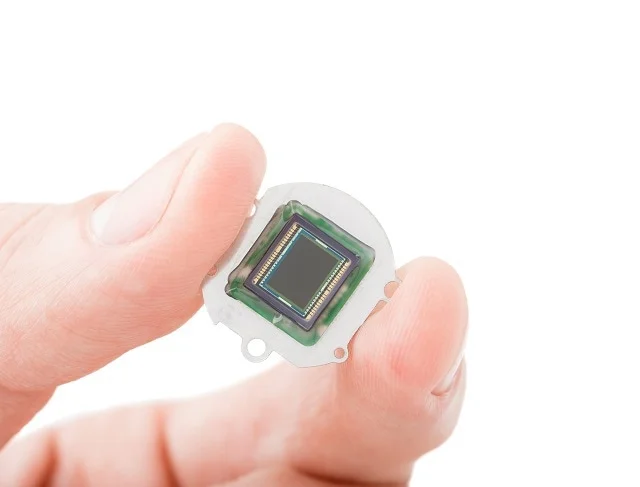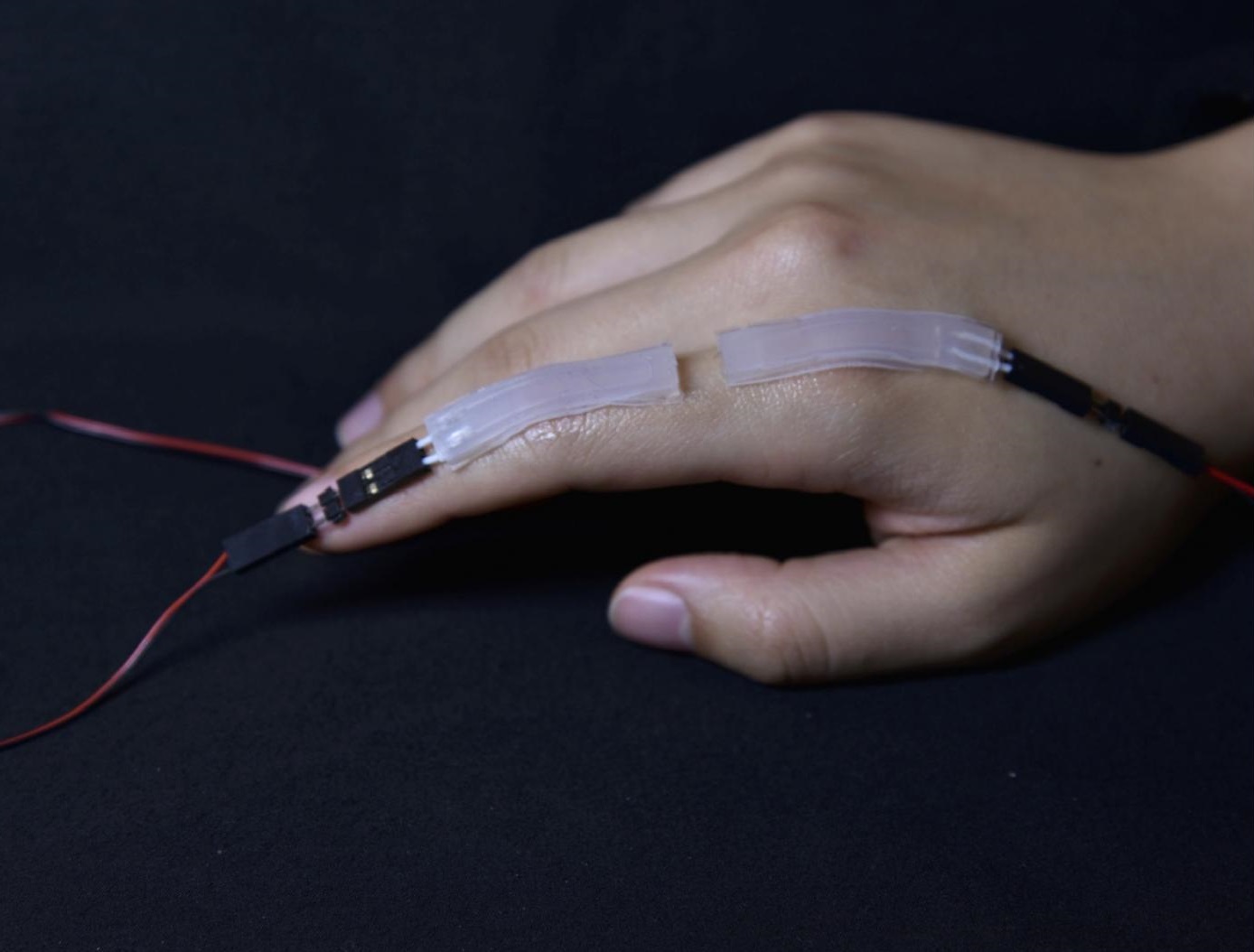
Radiation sensors are devices used to measure and detect various types of radiation.
Radiation sensors, also known as radiation detectors or dosimeters, are devices used to measure and detect various types of radiation. They are designed to monitor the presence and intensity of radiation in different environments, such as industrial settings, healthcare facilities, research laboratories, and even in public safety and emergency response scenarios.
Radiation sensors types
There are several types of radiation sensors, each specifically designed to detect different forms of radiation:
Geiger-Muller (GM) Counters
A Geiger-Muller (GM) counter is a type of radiation detector that is commonly used to detect ionizing radiation, including alpha particles, beta particles, and gamma rays. It operates based on the ionization produced when radiation interacts with the gas-filled chamber of the counter.
A GM counter consists of a cylindrical tube filled with an inert gas, such as helium or argon. The tube is usually sealed and contains a small amount of a special gas mix, typically with a halogen like iodine or bromine added.
At the center of the chamber, there is a thin wire, known as the anode, running along the length of the tube. The wire is held at a high positive voltage relative to the outer metal casing, which acts as the cathode.
When ionizing radiation enters the chamber, it collides with atoms in the gas and causes ionization by knocking electrons out of their orbits, creating positively charged ions and free electrons.

The free electrons, being negatively charged, are attracted towards the positively charged anode wire. As these electrons move towards the anode, they gain enough energy from the high voltage to cause further ionization by colliding with other gas atoms. This creates a chain reaction known as the avalanche effect.
Each ionization event in the chamber produces a brief electrical pulse that is detected and amplified by the counter’s electronic circuitry. The pulses are then counted and recorded as radiation events.
Traditionally, GM counters were designed to produce audible clicks for each detected radiation event, which occurs as the electrical pulse triggers an audible sound through a speaker. Nowadays, many GM counters also have digital displays that show the radiation count rate or accumulated dose.
The number of pulses detected per unit of time provides an indication of the radiation intensity or count rate. By calibrating the counter with known radioactive sources, the count rate can be correlated to the radiation dose rate or the activity of the radioactive material present.
GM counters are effective for detecting and measuring ionizing radiation, but they have limitations in terms of energy measurement and discrimination between different types of radiation. Therefore, they are often used in conjunction with other detectors to obtain more detailed information about the radiation being measured.
Scintillation Detectors
Scintillation detectors are another type of radiation detector commonly used to detect and measure ionizing radiation, including gamma rays, X-rays, and some types of charged particles. These detectors work based on the principle of scintillation, which involves the production of light photons when radiation interacts with a scintillating material.
A scintillation detector consists of a scintillating material, which is usually a crystal or a plastic containing certain compounds called scintillators. These scintillators have the property of emitting light photons when ionizing radiation interacts with them.
When ionizing radiation enters the scintillating material, it interacts with the atoms in the material, causing the atoms or molecules to become excited. In this process, the energy of the incoming radiation is transferred to the scintillator material.

As the excited atoms or molecules return to their ground state, they release the excess energy in the form of light photons. The number of photons emitted is proportional to the energy deposited by the incident radiation in the scintillator material. The light emitted typically has a specific wavelength that depends on the type of scintillator used.
A photodetector, such as a photomultiplier tube (PMT) or a photodiode, is placed in close proximity to the scintillator material. This photodetector is designed to convert the emitted light photons into an electrical signal.
The electrical signal produced by the photodetector is typically amplified and processed by electronic circuitry. The amplified signal can then be analyzed, counted, and recorded to determine the intensity or energy of the detected radiation.
By analyzing the electrical signals generated by the scintillation detector, it is possible to determine various characteristics of the detected radiation, such as its energy, type, and intensity. This information can be used for different applications, including radiation monitoring, medical imaging, and scientific research.
Scintillation detectors advantages and applications:
Scintillation detectors offer advantages such as high sensitivity, good energy resolution, and relatively fast response times. They can be used in a wide range of fields, including healthcare, nuclear power industry, environmental monitoring, and homeland security, among others.
Ionization Chambers
Ionization chambers are a type of radiation detector used to measure and detect ionizing radiation. They work based on the principle of ionization, where incoming radiation interacts with gas molecules, creating charged particles that can be measured. Ionization chambers have a simple design and can provide accurate measurements over a wide range of radiation energies.
An ionization chamber consists of a chamber filled with a gas, typically air or a specific gas mixture. The gas serves as the medium through which radiation will pass and interact with atoms or molecules.
When ionizing radiation enters the chamber, it collides with gas molecules, causing ionization. This means that electrons are knocked out of the atoms or molecules, creating positively charged ions and free electrons.
The chamber is equipped with two electrodes: a positively charged anode and a negatively charged cathode. These electrodes create an electric field within the chamber, which helps to collect the free electrons and positive ions created during the ionization process.

As the free electrons and ions move towards the respective electrodes under the influence of the electric field, they create a small electrical current. This current is proportional to the amount of radiation that enters the chamber. It can be measured using appropriate electronic circuitry.
The electrical current generated by the ionization is typically amplified and processed by electronic equipment. The amplified signal can then be analyzed, counted, or recorded to determine the intensity or dose of the incoming radiation.
By analyzing the electrical signals produced by the ionization chamber, it is possible to calculate the radiation dose or intensity. Different types of ionization chambers can be used for various purposes, including radiation monitoring, environmental measurements, quality control in radiation therapy, and research applications.
Ionization chambers advantages and disadvantages:
Ionization chambers offer several advantages such as high stability, accuracy, and linearity. They are especially useful for measuring high radiation levels and working with high-energy radiation. However, they have limited energy resolution compared to other radiation detectors, such as scintillation detectors or semiconductor detectors.
It’s important to note that ionization chambers require regular calibration and periodic checks to ensure accurate and reliable measurements.
Radiation sensors are crucial in a wide range of applications, including radiation safety and protection, nuclear power plants, medical radiation therapy, radiography, and environmental monitoring. They enable the measurement and monitoring of radiation levels, ensuring the safety of individuals and the environment, and helping to prevent overexposure or potential harm from radiation sources.

